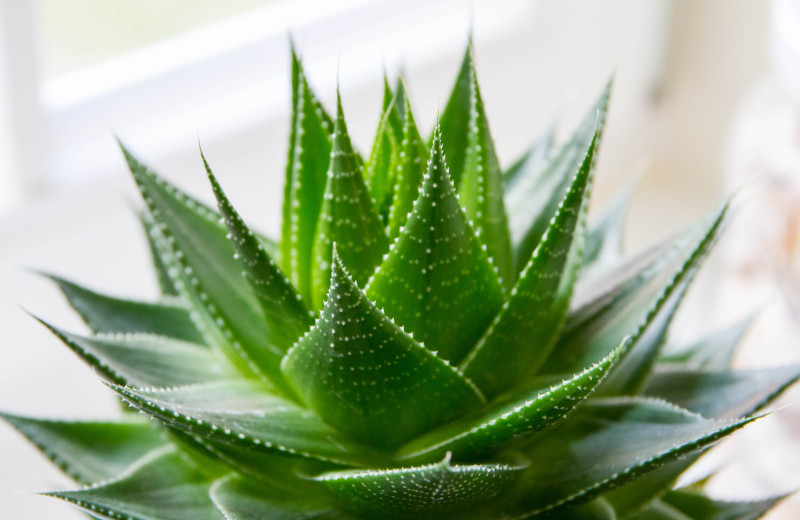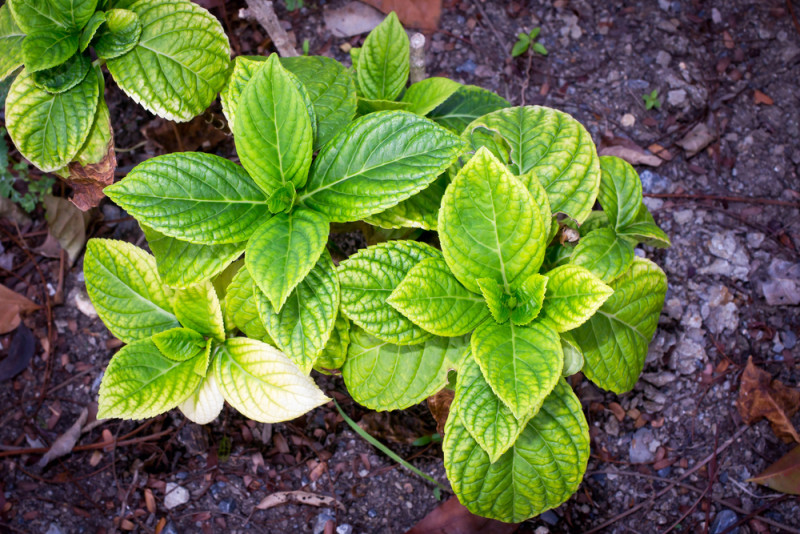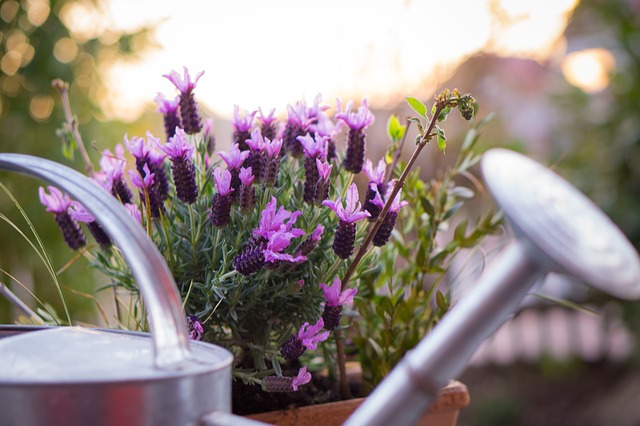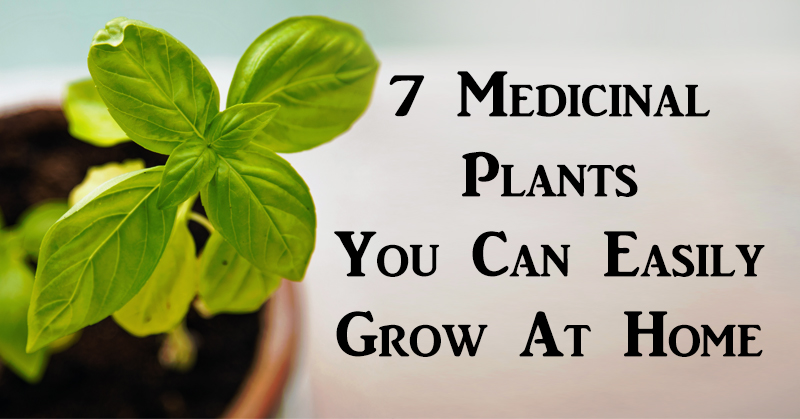Despite all of the pills, liquids and tongue strips filling pharmacy shelves, nature has given us the best medicine. Many medicinal plants can be grown right in your own home for safe, convenient, and natural use.
Here are seven medicinal plants you can grow in your home:
1. Aloe Vera
A low-maintenance plant, Aloe Vera offers some amazing health benefits. It’s also one of the best of the medicinal plants. You can grow it in a plant pot on either moist or dry soil. Because it requires a lot of sunshine to grow, keep it on the patio or near a sunny window. Use Aloe Vera extract to treat cuts and wounds or soothe a sunburn. Ingesting it can also help cure constipation and other digestive problems. (1)

2. Basil
Don’t let the delicious scent fool you! Basil is more than a culinary herb. This prolific plant has a good antioxidant profile, as well as Vitamin K. Basil grows best on an outdoor patio, so plant after last frost. It needs lots of sunshine and an adequate amount of water. You can use your own basil plant to relieve gas, heal scrapes and add some healthy flavor to your meals. (2, 3)
3. Peppermint
Of course peppermint makes the list of medicinal plants. This versatile herb offers many soothing benefits. It can be used to relax tense muscles and ease pain. Peppermint is an easy plant to grow indoors. Unlike most herbs, peppermint enjoys more shade with a bit of sunlight in order to grow. You can use the leaves to infuse a hot cup of tea to relieve stomach aches or even for weight loss. (4)

4. Thyme
Chest congestion? Well, thyme is a medicinal herb that may soothe your lungs during respiratory distress. The juice from a thyme plant can also help disinfect the urinary tract – that is, fend off infections – as well as treat stomach problems. To grow thyme at home, make sure the plant gets at least eight hours of sunshine per day. Clip leaves, and use the herb fresh or dried in recipes like these: garlic roasted tomatoes and baked zucchini fries. (5)
5. Lavender
Treat yourself with the lovely scent of lavender either inside or out in the garden. Use flowers from the lavender plant to make a soothing herbal tea that helps to alleviate stress and depression. Lavender as an essential oil can also be applied to the skin to heal light burns and other wounds. Or try this DIY body butter for luxurious moisture and gentle scent. (6)

6. Lemon Balm
Like many of the medicinal plants here, lemon balm is fairly easy to grow. Like most herbs, lemon balm prefers a sunny spot to grow. You can plant in small pots indoors or outdoors. Harvest the flowers in summer, during peak bloom. You can use crushed lemon balm leaves to repel mosquitoes or relieve sores and insect bites. Lemon balm also goes by the name Melissa, and the essential oil offers many more uses. (7)
7. Pot Marigold
Last but certainly not least on our list of medicinal plants is the humble marigold. Gardeners plant marigold to attract beneficial insects. It helps that it grows in different weather and soil conditions — wet, dry or moist soil, for example. Just make sure these plants get an adequate amount of sunshine, so they can thrive. You can use marigold, also called calendula, to soothe and cure insect bites or relieve open wounds. (8, 9)
Sources:
The Old Farmer’s Almanac – Aloe Vera
The Old Farmer’s Almanac – Marigold
Gardening Know How
PubMed.gov
The Old Farmer’s Almanac – Peppermint
PubMed.gov


